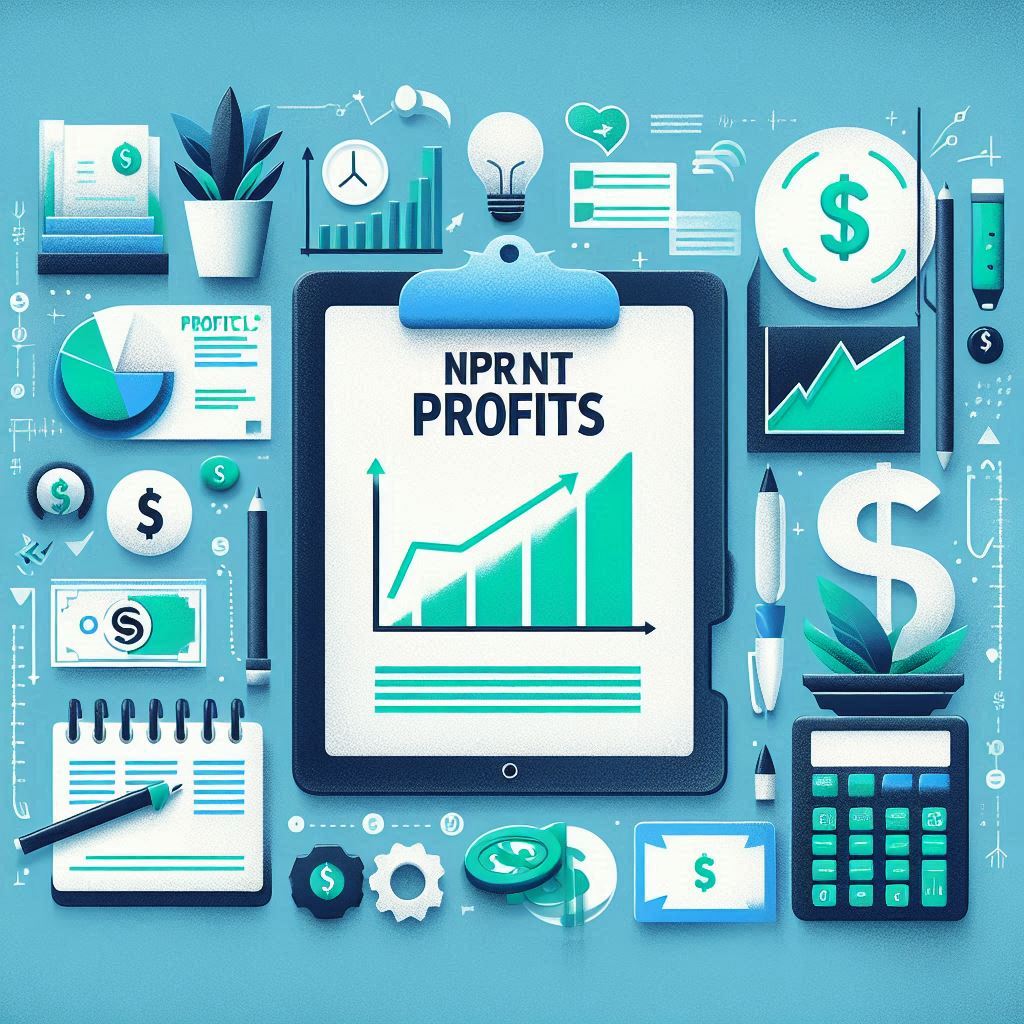Understanding Inprnt’s Pricing Structure
To price your art effectively, you need to understand Inprnt’s commission structure. Here’s a breakdown of the commissions and fees associated with different products:
- Art Prints: 50%
- Canvases: 30%
- Framed Prints: $5 flat fee
- Phone Cases: 30%
- Art Cards: 30%
When offering discounts or using coupon codes, remember that these reductions are deducted from your earnings, not from Inprnt’s share. This affects your net profit, so plan your sales strategies carefully. Inprnt also offers sample prints at a discounted rate, which is recommended to ensure the quality of your products before they go live.
Strategic Pricing for Inprnt
Effective pricing strategies are crucial for success on Inprnt. Here are several approaches to consider:
Cost-Plus Pricing
This method involves adding a fixed percentage markup on your production costs, including Inprnt’s base cost, packaging, and shipping.
Pros:
- Simplicity: Easy to calculate and manage, ideal for newcomers.
- Predictable Profit: Ensures a consistent profit margin.
Cons:
- Ignores Perceived Value: Doesn’t account for the unique appeal or market demand for your art.
- Static: Doesn’t adapt to market changes or competitor pricing.
Value-Based Pricing
This strategy sets prices based on the perceived value of your artwork to the customer, rather than just production costs. It requires understanding your audience and the unique qualities of your art.
Pros:
- Higher Profit Potential: Allows for premium pricing based on perceived value.
- Flexible: Adjusts pricing based on demand and exclusivity.
Cons:
- Complexity: Requires in-depth market research and understanding of customer preferences.
Competitive Pricing
Setting prices in line with or slightly below competitors can attract price-sensitive buyers, particularly when starting out.
Pros:
- Appeals to Budget Buyers: Can help you gain traction in the market.
Cons:
- Lower Profit Margins: May reduce profits, especially if your costs are high.
- Counterintuitive: Inprnt’s emphasis on curated art means customers may prioritize uniqueness and quality over price.
Psychological Pricing
This technique uses pricing strategies that affect customer perception, such as setting prices just below whole numbers (e.g., $29.99 instead of $30).
Pros:
- Influences Perception: Can make prices seem more attractive.
- Complementary: Works well with other pricing strategies.
Cons:
- Limited Impact: May not significantly affect purchasing decisions for all customers.
Cost Optimization on Inprnt
In addition to pricing, optimizing costs is vital for maximizing your profits. Here are some key areas to focus on:
Optimizing Print Sizes
Offering a variety of print sizes caters to different customer preferences and budgets. Analyze sales data to determine popular sizes and adjust your offerings accordingly. Consider experimenting with limited edition prints in unique sizes to create exclusivity and command higher prices.
Leveraging Sales and Promotions
Sales and promotions can drive higher sales volumes without significantly impacting your profit margins. Test various promotional tactics, such as percentage discounts, limited-time offers, or bundle deals. Track the effectiveness of these promotions to refine your strategy.
Minimizing Shipping Costs
While Inprnt handles production and fulfillment, you manage shipping costs. Research different shipping options and consider flat-rate shipping or free shipping for orders over a certain amount to incentivize larger purchases. Understanding shipping costs can help you offer competitive rates while maintaining profitability.
Navigating the Inprnt Application Process
Inprnt’s application process is selective, reflecting its commitment to quality. To apply, you need to submit three high-quality images of your artwork, each under 5MB in JPG or TIFF format. Ensure these images are final artwork and not mockups. The review process takes approximately 48 hours, during which you should familiarize yourself with Inprnt’s platform and guidelines to be prepared for a smooth launch.
Uploading and Marketing Your Artwork
Once accepted, focus on uploading your artwork with attention to detail. Each piece requires a name, category, description, and relevant tags. Effective marketing is essential to attract buyers. Promote your Inprnt shop through social media, engage with the artist community on the platform, and consider targeted advertising to reach potential customers.
FAQ
What is the “Inprnt artist cut” or commission rate?
Commission rates vary by product type, as outlined in the “Understanding Inprnt Pricing Structure” section.
Do discounts and coupon codes come out of the artist’s earnings?
Yes, discounts and coupon codes are deducted from your earnings, not Inprnt’s share.
How long does the Inprnt application review take?
The review process typically takes 48 hours.
Can I customize the art card dimensions on Inprnt?
No, art cards have fixed dimensions of 5.5 x 7.5 inches. Design your artwork to fit these dimensions.
How can I effectively market my Inprnt shop?
Promote your shop via social media, collaborate with other artists, use relevant tags for SEO, and consider targeted ads to reach your audience.
By leveraging these pricing strategies and cost optimization techniques, you can enhance your success on Inprnt and make the most of your art prints.

